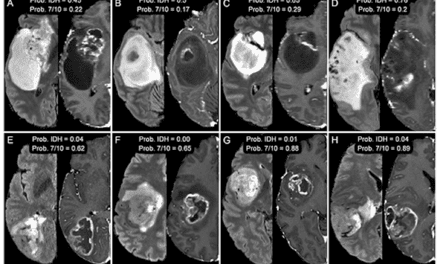Using arthroscopy to stage a lesion in the chondral area of the knee for knee lesions is more accurate than magnetic resonance imaging (MRI), according to researchers from the Rothman Institute, La Jolla, Calif. The findings were presented today at the American Orthopedic Society of Sports Medicine Annual Meeting.
Chondral injuries of the knee are a common source of pain in athletes but one of the main methods of diagnosing and staging these injuries, MRI, has a specificity of 73% and sensitivity of 42%. Using arthroscopy to stage the degree of the injury is a more accurate way to evaluate the knee prior to surgery.
The doctors reviewed 98% who had autologous chondrocyte implantation, osteochondral allograft transplantation and meniscus allograft transplantation.
“Based on our review, a change in treatment plan was made in 47% of cases in which staging arthroscopy was used to evaluate articular cartilage surfaces,” says lead researcher Dr. Hytham S. Salem of Rothman Institute.
Arthroscopy is performed after a standard sterile skin preparation and involves injecting local anesthetic subcutaneously at the portal sites and within the knee joint. It is often performed in office while patients are awake and alert.
“The results of our study indicate that staging arthroscopy is an important step in determining the most appropriate treatment plan for chondral defects prior to OCA, ACI and MAT,” Salem adds. “Addressing all knee’s pathology can be important for the success of cartilage restoration surgery, and treatment plans may change based on the extent and location of cartilage damage.”






